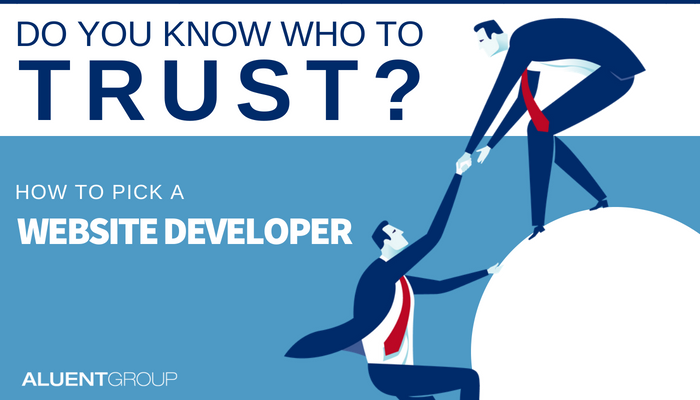
Rockets of Awesome Hoping to Zoom Into Leadership Position in Ecommerce
November 21, 2017
Making the Most of Your App
November 21, 2017Understanding the Buying Cycle

For many sales and marketing professionals understanding the buying cycle of a prospective customer is a key component of success. It allows businesses to reach the customer where they are and provide them with the information they are looking for at a specific point in the process. There are three primary points in the cycle: Awareness, Consideration and Purchase. Let’s look at each step in the cycle in greater detail.
Awareness
In this stage the prospect knows they have a need or problem to be solved. The prospect may not be aware of any solution to their problem or they may be looking at many options that seem to take them in different directions. For example, they have family coming into town on Friday night and need to provide them dinner. They could cook at home, order in, or go out to eat.
Companies should focus on introducing themselves and their products or services during this stage. Marketing content should address the pain points the prospect is experiencing in a general way to connect with the prospect and start building a relationship. Blog posts,awareness Ads and introductory videos would all be effective at this stage. The content should be related to the problem and provide value to the prospect rather than a direct sales pitch. A good example of this type of content can be found on the S.C. Johnson website.
S.C. Johnson maintains The Family Home blog which offers articles from parent bloggers on a variety of topics such as kids crafts, gardening and cooking. Although this doesn’t directly promote products under the S.C. Johnson brands, the information provided helps busy parents manage their households and establishes a positive connection to the company. This increases the chances that those same parents will gravitate toward their products as they move through the other stages in the buying cycle.
Consideration
Consideration is the research stage of the buying cycle. During this stage the prospect is looking for information that will help them pick the best option from all of the identified solutions. This is the time for businesses to give their “sales pitch” in the form of detailed information about the products or services they offer. The goal is to educate the prospect both about the solution being offered and why the business is the best choice for providing the solution.
For example, Home Depot used an infographic for Christmas lights that helped customers easily navigate the different bulb choices, light styles and strand calculations. This format works well for a younger DIY audience. It is visually appealing, simple and provides them with the information they need both online and in-store. Click here to see this example.
More technical products may require a different approach. For example, in 2014 Apple released a white paper on its ProRes family of products. This highly detailed paper provided readers with all of the specs and technical data required to choose the product that best meets their needs. Click here to see this example.
The format for the information can vary depending on the nature of the products or services offered and the target markets the business is trying to reach. The key here is to stand out from the competition by creating content this is educational, visually appealing and creative while maintaining brand integrity. Formats that work well in this stage include:
- Explainer Videos
- E-Books
- Infographics
- White Papers
Purchase
In the final stage the prospect converts to the customer. Companies should make sure that the buying process is fast, easy and as streamlined as possible. A positive experience at this stage can impact the customer’s decision to be a one-time purchaser or a repeat customer.
Each of these stages is equally important and should receive equal attention. By offering quality content and a positive experience during each stage in the buying cycle, businesses will gain new customers and keep existing customers returning time and time again.



